Chapter 16 "High Renaissance in Italy, "Developments in Venice"- Giorgione and titian
1/22
There's no tags or description
Looks like no tags are added yet.
Name | Mastery | Learn | Test | Matching | Spaced |
|---|
No study sessions yet.
23 Terms
HIgh renaissance in Italy Giorgione and Titian
Venice and the Veneto
(Giorogione Veneto, Titian Venice)
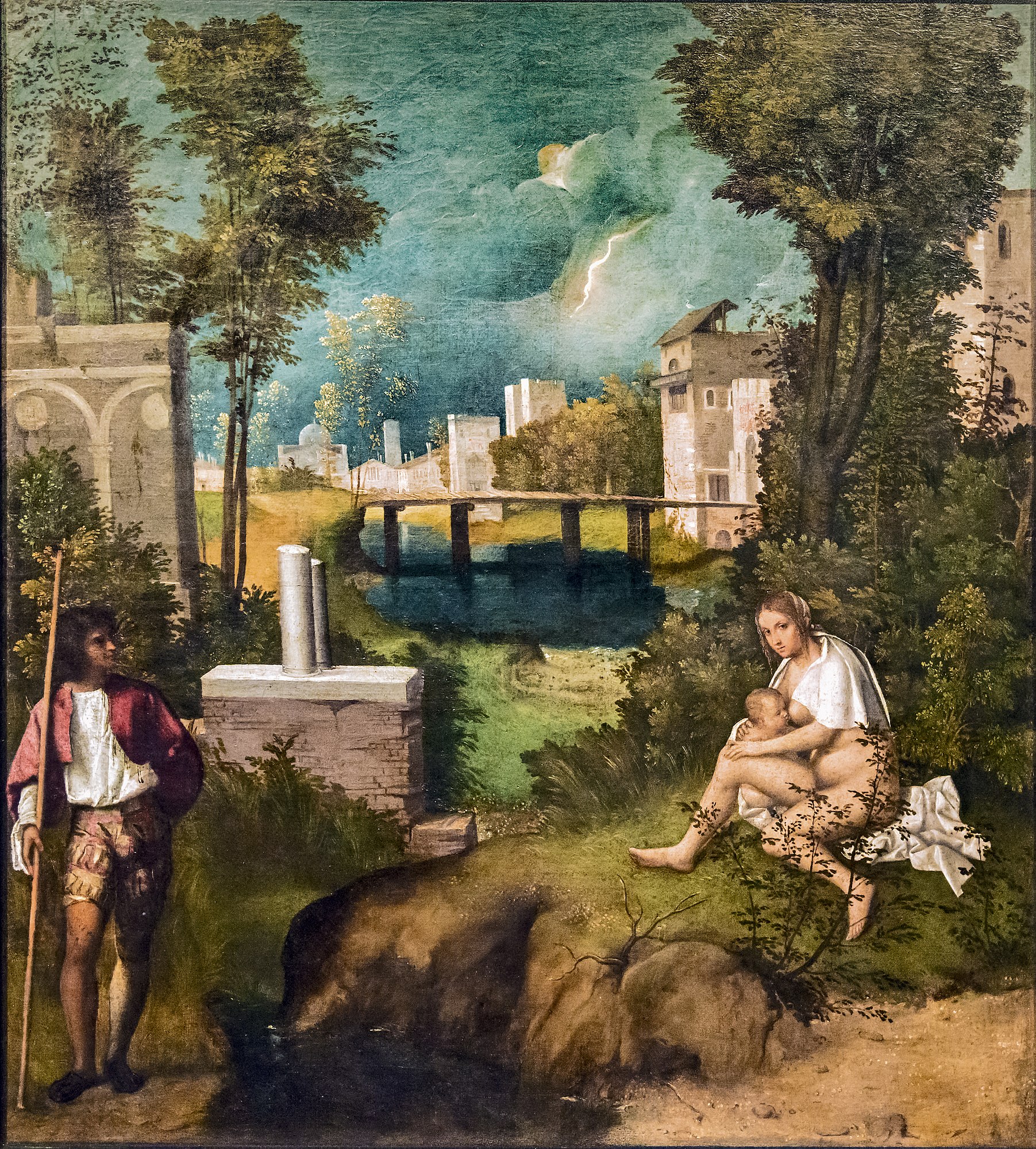
Giorgione. The Tempest, c. 1505-10. oil on canvas, . Accademia, Veneto Italy
Giorgione or Titian. Fete Champetre (Pastoral Concert; or Allegory on the Invention of
Pastoral Poetry), c. 1510. o/c,".
flesh of females thought to be titians
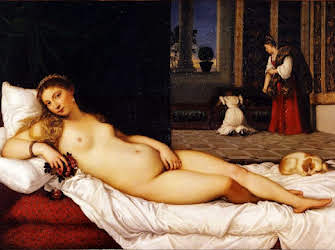
Titian. Venus of Urbino, c. 1538. oil on canvas, 3' .
cassoni and dog ( fidelity) reveal that it could have been for a marriage
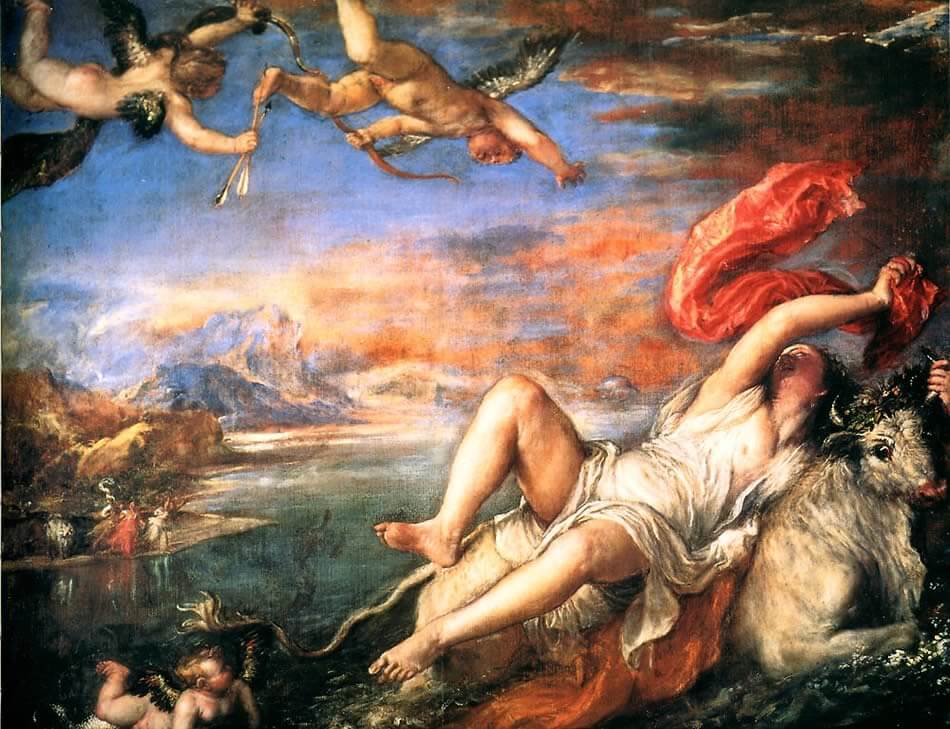
Titian, Rape of Europa. 1559-62. O/C, .
Counter Reformation Painiting: Veronese and Tintoretto ( artist Country)
Venice and the Veneto
color,light, and expressive loose brushwork characterized veneitian painting
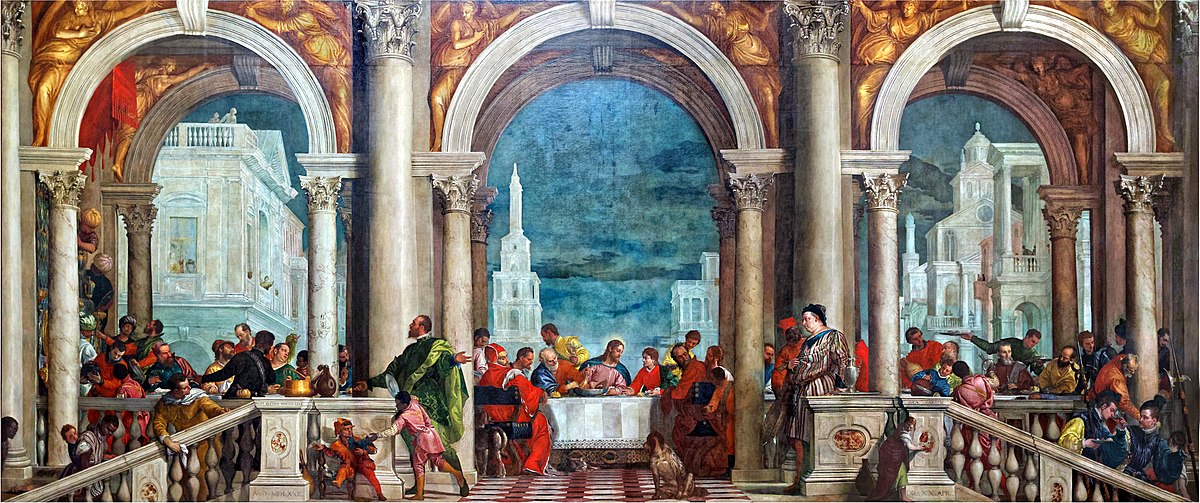
Veronese, Feast in the House of Levi, for refectory of SS. Giovanni e Paolo, o/c, 1573. Venice
inquisition ordered explanation and renaming
pagentary offended viewers/ removed essence of typical last supper scene
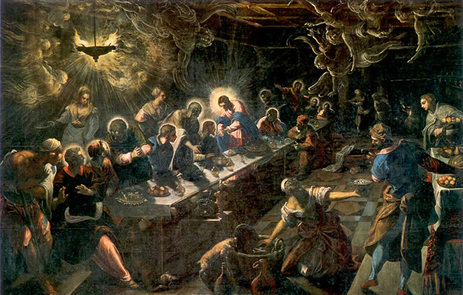
Tintoretto, Last Supper, S., Venice, 1592-94. o/c, ,
Mannerist Painting
style that favored artificiality and grace over ordered balance
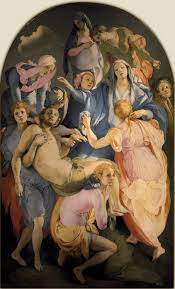
Jacopo da Pontormo. Entombment, 1528-Oil on panel, . Florence Italy
“odd” color choice bizarre juxtapositions
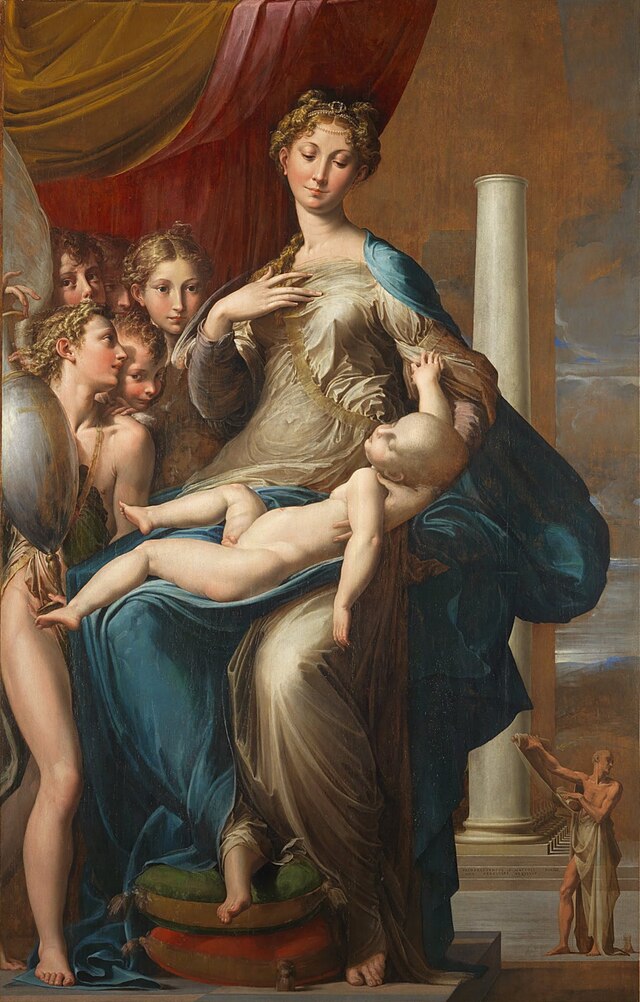
Parmigianino. Madonna and Child with Angels (Madonna of the Long Neck), c. 1535.
Oil on Panel, Parma Italy

Agnolo Bronzino. Allegory called Venus, Cupid, Folly, and Time (also called Exposure
of Luxury), c. 1545. Oil on Panel, florence italy
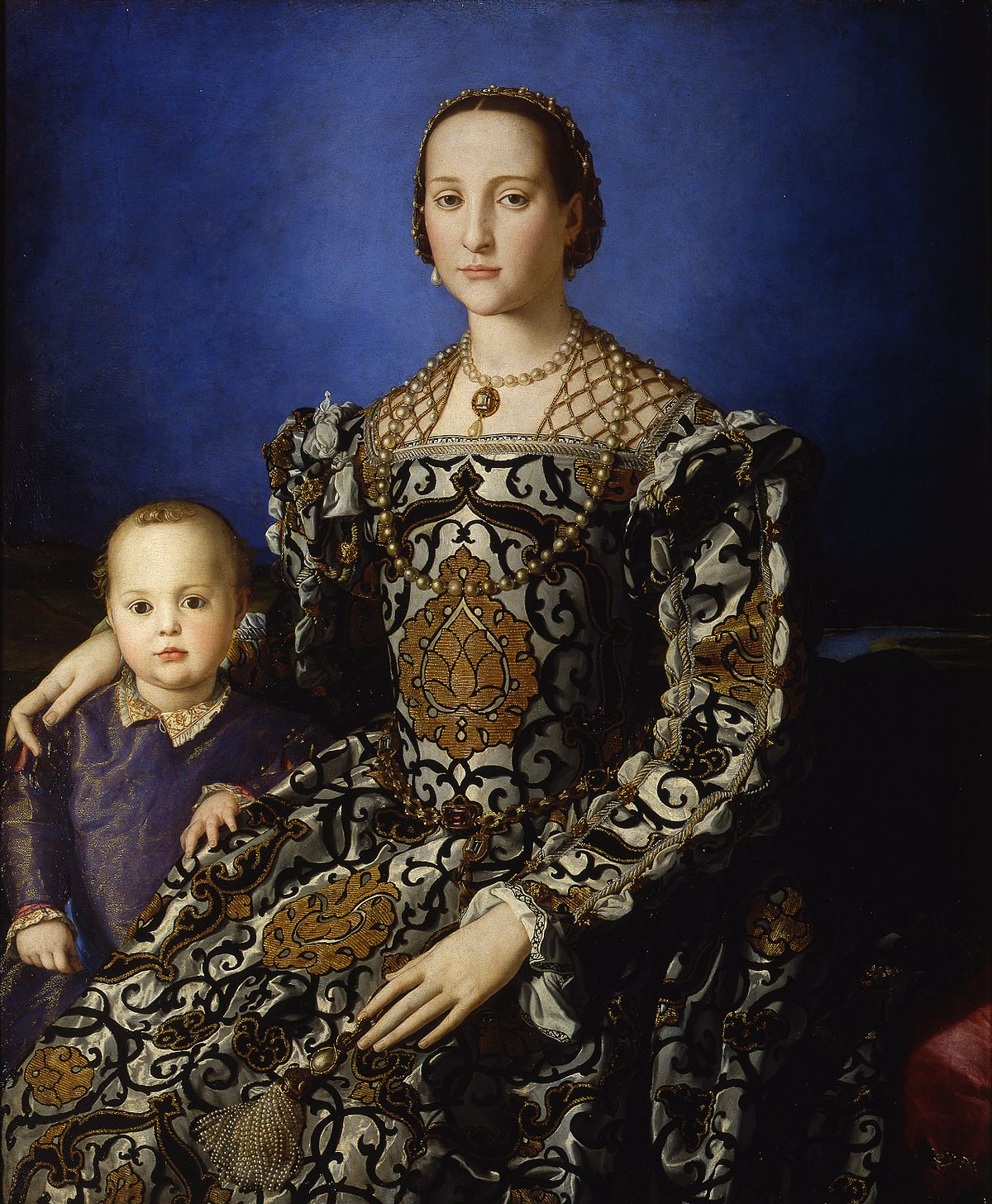
Bronzino, Elenora of Toledo (and her son Don Giovanni), 1545-6 o/w, .
assurance of medici succesion
“haughty” self assured
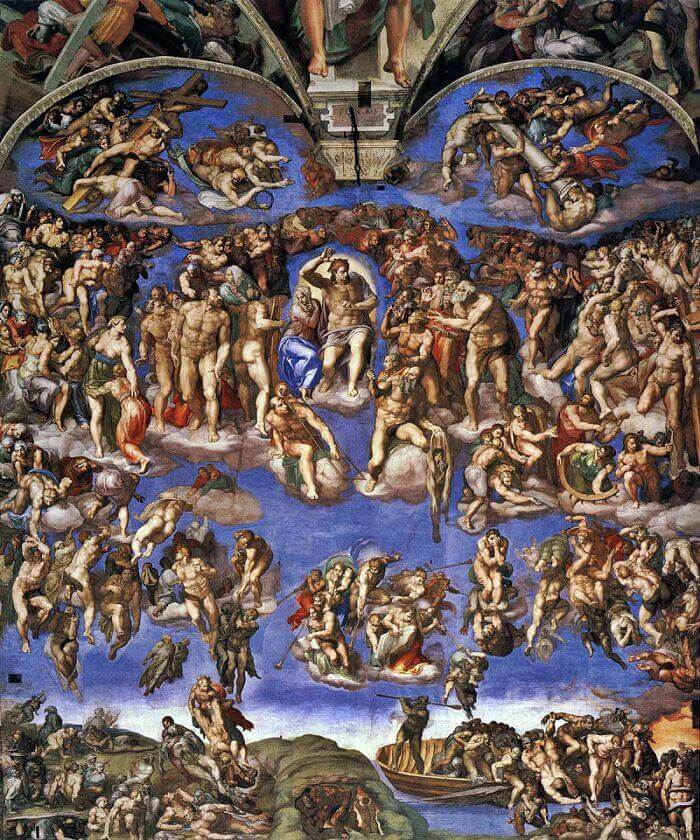
Michelangelo, Last Judgment, Sistine Capel. Fresco 1536-41. Italy
Michelangelo, St. Peter’s Basilica, Dome:1546-64.
Spain
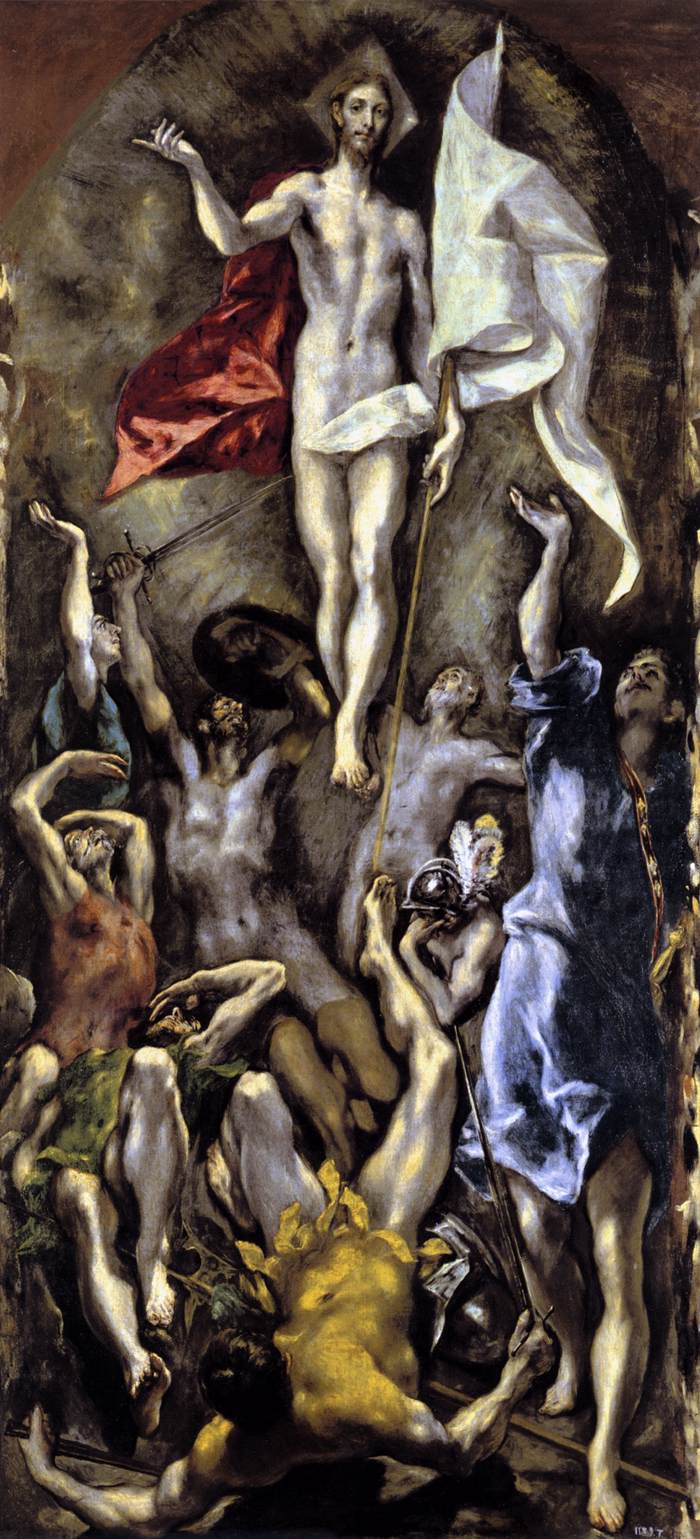
El Greco, Resurrection of Christ, 1597-1610 O/c , Spain
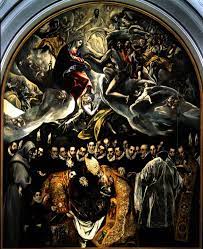
El Greco, Burial of Count Orgaz, Spain, 1586. o/c,
95 Theses
1517
written by martin luther
opinions about the teachings of the Bible, and practices of the Roman Catholic Church.
disagreed with the Church's custom of selling indulgences to pay for sins.
Council of Trent
counter reformation
solidify doctrine that many Protestants were opposed to, such as the authority of the pope and the veneration of saints
eliminated many of the abuses and problems that had initially inspired the Reformation, such as the sale of indulgences for the remission of sin.
Protestant reformation
reformers rejected the authority of the pope as well as many of the principles of Catholicism of that time.
the Bible is the sole authority for all matters of faith and conduct and that salvation is by God's grace and by faith in Jesus Christ.
Martin Luther
initiated protestant reformation
objected to selling indulgences